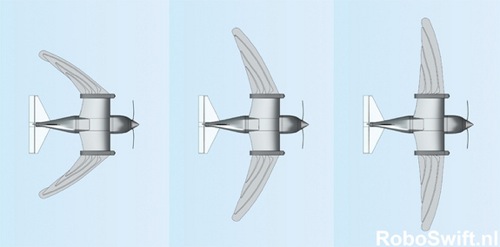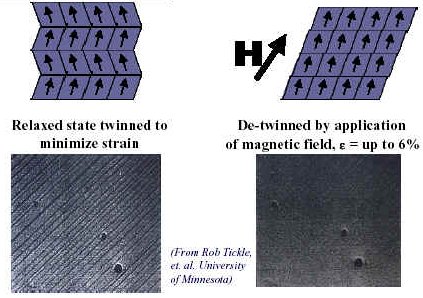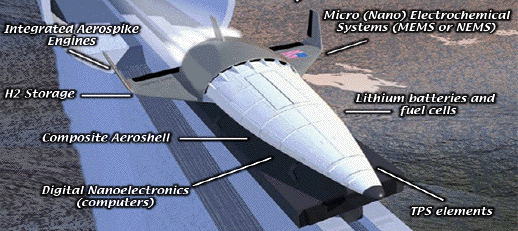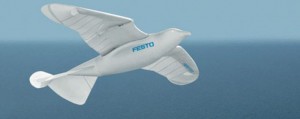Pterosaurs were flying reptiles that existed from 220 to 65 million years ago. Pterosaurs are believed to be the earliest vertebrates to have achieved powered flight. What makes this truly amazing is that some species of pterosaurs were as large as giraffes, with a wingspan of about 12 meters. Pterosaurs achieved flight, not on bird-like wings, but rather on a large membrane of skin like we have seen on colugos and flying squirrels.
The membranes of skin that formed the wings of the pterosaur extended from an extremely long fourth finger on each arm down to the legs. These wings were made up of a very complex and dynamic structure which allowed active flight. First of all, the bones of pterosaurs were actually hollow and air-filled, much like a bird. Also, the outer parts of the wing possessed something called actinofibrils, which were very closely spaced fibers that possibly helped strengthen the outer edges of the wings. The wings also had a “thin layer of muscle, fibrous tissue, and a unique, complex circulatory system of looping blood vessels.”

There has been extensive debate over whether the giant pterosaurs were actually able to achieve and sustain flight because of their sheer size. The first problem with a creature so large achieving flight is getting it off the ground. Large birds generally use a running start to get themselves off the ground, but the larger pterosaurs are simply too big to do this on two limbs like a bird. Biomechanist Michael Habib published work that suggested that these creatures needed to use all four limbs in a “pole-vaulting maneuver” to achieve lift off. Habib discovered that if a pterosaur attempted to get off the ground just using their hind limbs, the bones would snap. Habib concluded that pterosaur species with a wingspan of 2 meters or greater had to use all for four limbs to achieve lift. Habib also added that this was, in fact, an easier way of getting off the ground saying “using all four legs, it takes less than a second to get off of flat ground, no wind, no cliffs.”
The other part of the debate over the flight of larger pterosaurs is whether they could actually sustain flight. A Japanese scientist by the name of Katsufumi Sato decided that it was impossible for a pterosaur to sustain flight based on calculations using modern birds. However, this work has been greatly disputed because the flight of a pterosaur cannot be compared to that of modern birds based on how different their wing structures are. Mark Witton of the University of Portsmouth along with Michael Habib of Johns Hopkins University argue that not only could pterosaurs sustain flight, they could fly up to 120 kilometers an hour and travel thousands of kilometers, covering continents.
Sources:
“Amazing Adaptations of the First Flying Animals | Pterosaur Evolution | Flying Reptiles & Birds | LiveScience.” Current News on Space, Animals, Technology, Health, Environment, Culture and History | LiveScience. 15 Oct. 2011. http://www.livescience.com/14922-amazing-adaptations-flying-pterosaurs.html.
“Ancient Giraffe-Sized Creature Pole-Vaulted into the Sky | LiveScience.” Current News on Space, Animals, Technology, Health, Environment, Culture and History | LiveScience. 15 Oct. 2011. http://www.livescience.com/8964-ancient-giraffe-sized-creature-pole-vaulted-sky.html.
“How Huge Flying Reptiles Got Airborne | LiveScience.” Current News on Space, Animals, Technology, Health, Environment, Culture and History | LiveScience. 15 Oct. 2011. http://www.livescience.com/3190-huge-flying-reptiles-airborne.html.
“Pterosaur.” Wikipedia, the Free Encyclopedia. 15 Oct. 2011. http://en.wikipedia.org/wiki/Pterosaur.






